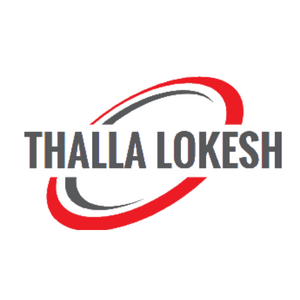
What Is Google AMP
Google AMP is a fast and lightweight open-source project that provides a set of open-source libraries that speed up and improve the quality of web pages. It is a content delivery network (CDN) that uses various technologies to deliver web content faster, more reliably, and more efficiently. Google AMP provides an HTML5-based framework for building web pages that can load instantly, run smoothly, and are resilient to browser failures. The technology behind Google AMP is all about speed, efficiency, and reliability, so it has been embraced by many large companies.
Google is working on a new project called "Google AMP." This project is currently available in beta, which means that it is still not fully released to the public. Google AMP is an "Accelerated Mobile Pages" project. This project uses a format that will make webpages load faster on mobile devices. Google AMP pages use JavaScript and HTML5, which are languages that are compatible with all browsers.
Google AMP is a project that helps improve the speed and performance of web pages by using a new format. Google AMP is designed to load web pages faster and use less data, which makes it easier for people to share content on their website. Google AMP is supported by most major browsers including Firefox, Safari, Chrome, and Opera. The page must be already optimized to work with Google AMP, but it also works with any site that has been properly optimized.
Google AMP is an open source web project designed to make the web faster and safer. Google AMP provides a responsive web design that is built for speed and mobile-friendly content. The technology provides a faster loading website for your users. Google AMP is available for all websites.
Google AMP is a new way to create mobile-friendly pages that load faster and use less data. It's easy to implement, and it's getting easier for publishers to do, too. Learn how to make your pages AMP-ready, and find out about the benefits of using AMP.
When you are on the go, it is hard to find time to read an entire article, so when you come across a piece of information that is too long to read in your browser window, use Google AMP. Google AMP is a way to make websites load faster by using HTML5 and JavaScript. This means that when you come across a piece of information that is too long to read in your browser window, use Google AMP.
Google AMP is an open source project that makes the web faster. It is a markup language for websites that allows for faster loading of content and reduced data usage. AMP uses a combination of techniques, including server-side rendering and pre-caching, to make websites load faster. AMP has been used by over 100 million websites, including Forbes, The New York Times, and The Washington Post.
AMP is a web technology that is used to speed up content and make it easier for mobile users to read. AMP is a way for publishers to speed up their websites for mobile users. As a result, this technology is being used by companies like Google, Facebook, and Twitter. The use of AMP makes websites faster and easier to read on mobile devices. It also helps websites load faster and be more reliable.
Contact Us
Email; thallalokesh@gmail.com


